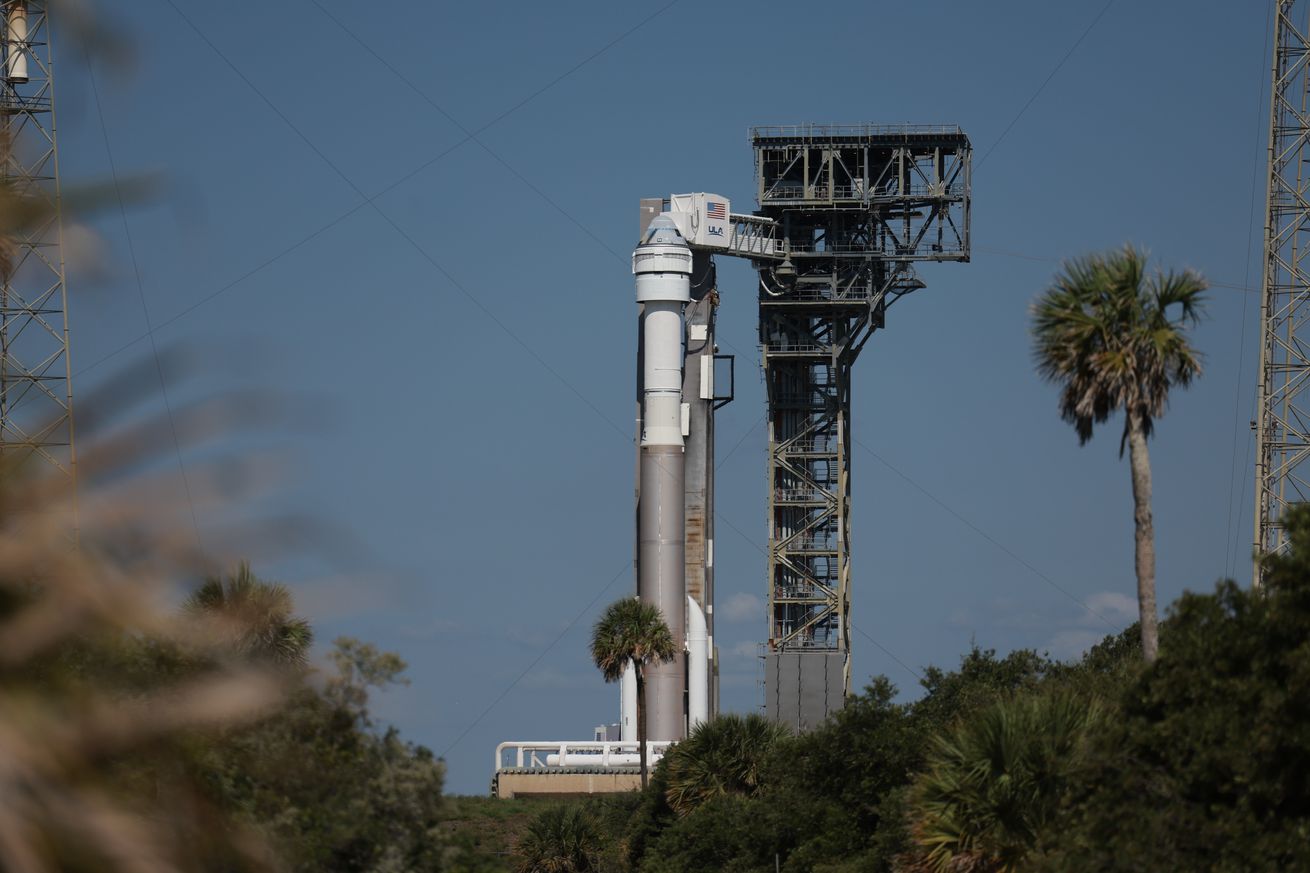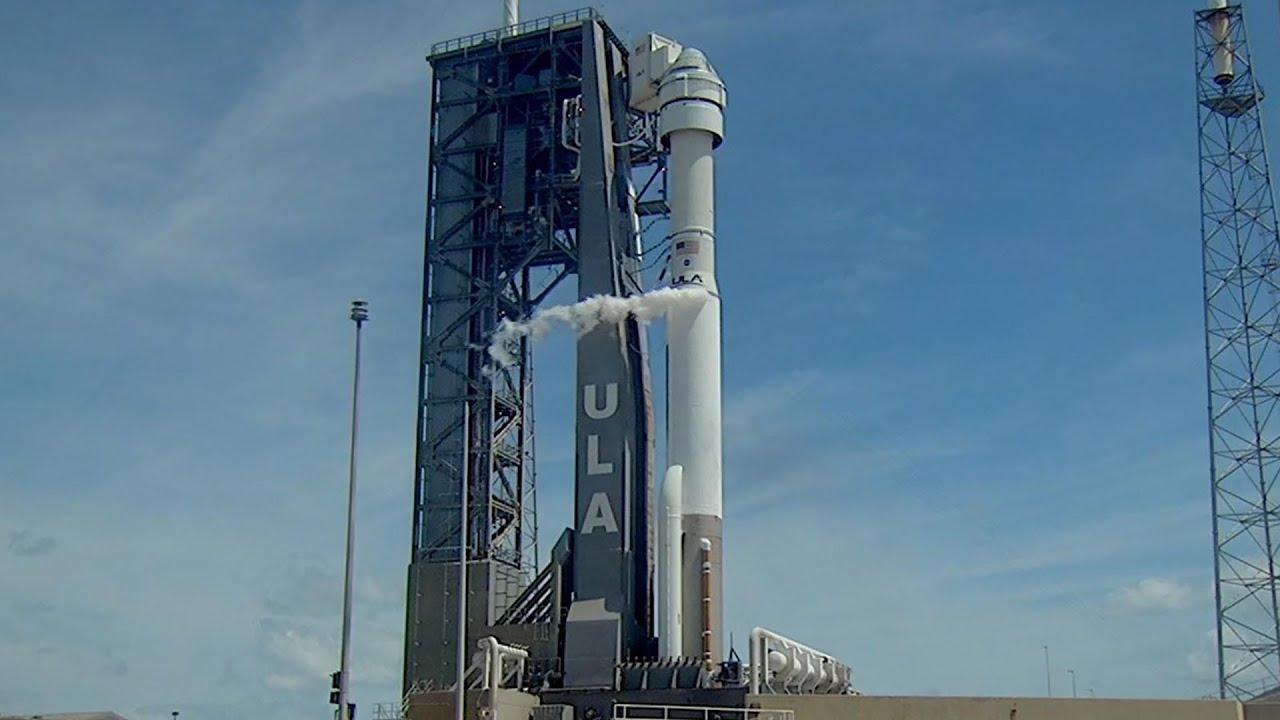Starliner Launch Mission Overview

The Starliner launch mission, designated as OFT-2 (Orbital Flight Test-2), is a crucial step in NASA’s Commercial Crew Program. It aims to demonstrate the capabilities of Boeing’s Starliner spacecraft and United Launch Alliance’s Atlas V rocket, paving the way for future crewed flights to the International Space Station (ISS).
The Starliner launch, a highly anticipated event in the world of space exploration, has captured the attention of the public. It brings to mind the infamous case of Amanda Knox , who faced wrongful accusations and imprisonment. Just as Knox’s story highlights the importance of justice, the Starliner launch underscores the resilience and determination of the human spirit in the face of adversity.
The mission timeline encompasses several key milestones. The Starliner spacecraft will be launched from Cape Canaveral Space Force Station in Florida, embarking on a five-day uncrewed flight to the ISS. During this period, the spacecraft will undergo a series of tests and maneuvers to validate its systems and capabilities. These include rendezvous, docking, and undocking procedures, as well as in-orbit operations and communications.
As the Starliner launch draws near, excitement ripples through the scientific community. The mission holds immense promise, its success poised to usher in a new era of space exploration. Amidst the anticipation, one cannot help but draw parallels to the highly anticipated acolyte rotten tomatoes.
Like the Starliner, this cinematic endeavor has generated immense buzz, leaving audiences eagerly awaiting its release. As both ventures prepare to embark on their respective journeys, the air crackles with anticipation for the transformative impact they may have on their respective fields.
Objectives of the Starliner Launch Mission
- Demonstrate the Starliner spacecraft’s ability to safely launch, rendezvous, and dock with the ISS.
- Evaluate the spacecraft’s performance in various orbital conditions and scenarios.
- Test the spacecraft’s systems, including environmental control, power generation, and navigation.
- Validate the spacecraft’s ability to support future crewed missions to the ISS.
Significance of the Starliner Launch Mission
The success of the Starliner launch mission is critical for NASA’s commercial crew program. It will provide valuable data and experience that will inform the development and certification of the Starliner spacecraft for operational crewed missions. This mission is a significant milestone in NASA’s efforts to establish a sustainable and reliable human presence in low Earth orbit and beyond.
The Starliner launch, originally scheduled for May, has been delayed once again. The launch is now expected to take place in July. This delay is due to a number of factors, including the need for additional testing. While we wait for the Starliner to finally launch, we can check out the latest reviews for the new Star Wars series, Acolyte , on Rotten Tomatoes.
The series has received mixed reviews, with some critics praising its visuals and performances, while others have criticized its pacing and plot. Despite the mixed reviews, Acolyte is still one of the most anticipated Star Wars series of the year.
We’ll have to wait and see how it performs when it finally launches.
Starliner Launch Vehicle and Crew
The Starliner spacecraft is a reusable, commercial crew capsule designed by Boeing to transport astronauts to and from the International Space Station (ISS) for NASA’s Commercial Crew Program. It is launched atop an Atlas V rocket and can accommodate a crew of up to seven astronauts.
The Starliner spacecraft consists of two main modules: a crew module and a service module. The crew module provides living and working space for the astronauts, while the service module houses the spacecraft’s propulsion systems, power systems, and other essential equipment.
Crew Members
The Starliner crew for the upcoming mission consists of two astronauts:
- Captain Barry “Butch” Wilmore (Commander): A veteran astronaut with over 170 days in space, Wilmore has commanded two previous spaceflights and served as a flight engineer on the ISS.
- Nicole Aunapu Mann (Pilot): A rookie astronaut, Mann is a former US Marine Corps pilot and engineer. She will be the first Native American woman to fly in space.
Launch Preparations and Procedures: Starliner Launch

The launch preparations for the Starliner mission involve a series of intricate and meticulously planned steps to ensure a successful liftoff and orbital insertion. At the Kennedy Space Center, the spacecraft undergoes rigorous assembly, fueling, and final checkouts to guarantee its readiness for the journey ahead.
Spacecraft Assembly and Preparation
The Starliner spacecraft is assembled in a specialized facility at the Kennedy Space Center. The process involves the integration of various modules, including the crew capsule, service module, and launch abort system. Each component is carefully inspected and tested to meet stringent safety and performance standards.
Fueling and Final Checkouts
Once the spacecraft is assembled, it undergoes a series of fueling operations. The propellants used for launch and orbital maneuvering are carefully loaded into the spacecraft’s tanks. Simultaneously, engineers conduct comprehensive final checkouts to verify the spacecraft’s systems, including avionics, communications, and life support.
Launch Procedures
The launch procedures for the Starliner mission commence with the ignition of the Atlas V rocket’s powerful engines. The rocket generates immense thrust to propel the spacecraft upward, overcoming the Earth’s gravitational pull. As the spacecraft ascends, it undergoes several critical maneuvers and system activations.
- Liftoff: The Atlas V rocket lifts off from the launch pad, carrying the Starliner spacecraft towards the sky.
- Max Q: The spacecraft experiences maximum aerodynamic pressure during this phase of the ascent, testing the structural integrity of the vehicle.
- Booster Separation: The solid rocket boosters that provide initial thrust detach from the spacecraft, reducing its weight.
- Fairing Separation: The protective fairing that encloses the spacecraft during ascent is discarded, revealing the spacecraft to the vacuum of space.
- Orbital Insertion: The spacecraft’s engines fire to insert it into its intended orbit around the Earth, marking the completion of the launch phase.
The Starliner launch is set to take place in the coming months, and the anticipation is building. The spacecraft will carry astronauts to the International Space Station, and it is expected to open up new possibilities for space exploration. However, there is one potential hazard that the astronauts will need to be aware of: flying spiders.
These spiders are known to be able to travel long distances on the wind, and they have been found in the most remote parts of the world, including the International Space Station. While they are not known to be dangerous to humans, they can be a nuisance, and they could potentially interfere with the astronauts’ work.
To learn more about flying spiders, you can visit this website: flying spiders. The Starliner launch is a major milestone in space exploration, and it is sure to be a success.
As the Starliner launch inches closer, one can’t help but recall the infamous case of Amanda Knox , who was wrongfully convicted of murder in Italy. Just as Knox’s ordeal highlighted the complexities of international justice, the Starliner’s mission underscores the challenges and triumphs of human endeavor in the realm of space exploration.
